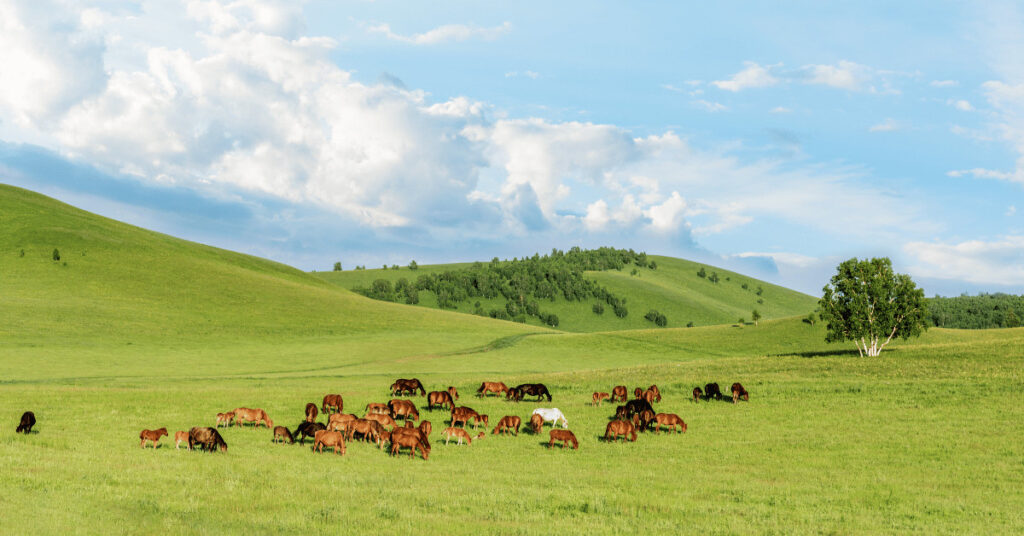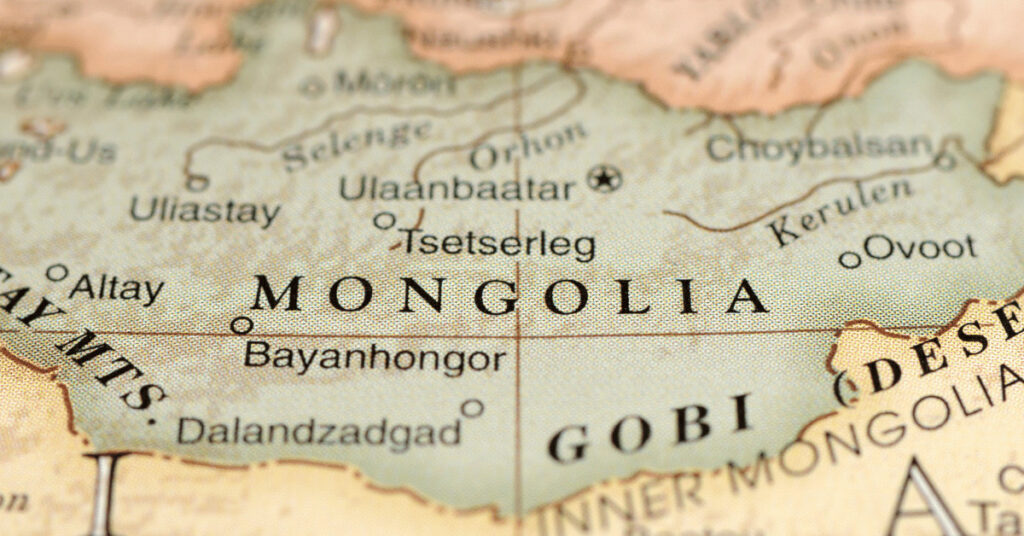Many travelers researching Asia often ask the same question: Is Mongolia part of China? The confusion is understandable. Mongolia shares a long border with China, has deep historical connections dating back centuries, and even has a region called “Inner Mongolia” within China itself. However, the truth is simple Mongolia is an independent country with its own government, language, and proud cultural identity.
Is Mongolia Part of China
In this article, we’ll explore why this misconception exists, how Mongolia became independent, and what makes it such a unique and fascinating destination for travelers seeking authenticity and adventure.
The Geography and Borders of Mongolia
Mongolia is a vast, landlocked nation in Central Asia, nestled between Russia to the north and China to the south. With an area of over 1.5 million square kilometers, it’s one of the largest countries in the world yet one of the least populated. This creates a sense of freedom and openness that travelers immediately feel upon arrival.
From the rolling steppes and towering Altai Mountains to the endless sands of the Gobi Desert, Mongolia’s landscapes are unlike any other. While it shares a border of more than 4,600 kilometers with China, the two nations are entirely distinct. Mongolia operates as a sovereign state, with its own constitution, leadership, and international recognition.
A Brief History of Mongolia and China Relations
The intertwined history between Mongolia and China spans over a thousand years. To understand why people still ask whether Mongolia is part of China, it’s worth looking back at how their paths have crossed and diverged through history.
1. The Era of Genghis Khan and the Mongol Empire
In the 13th century, Genghis Khan united the Mongol tribes and built the largest contiguous land empire in human history. His descendants went on to rule large parts of Asia, including China, during the Yuan Dynasty (1271–1368). During this time, the Mongols governed China from Beijing, blending their nomadic traditions with Chinese administration.

2. The Fall of Mongol Rule
After the collapse of the Yuan Dynasty, the Ming Dynasty reclaimed control of China. Mongolia once again became a separate region, inhabited by independent tribes that maintained their nomadic way of life.
3. Qing Dynasty and Mongolian Independence
In the 17th century, Mongolia fell under the influence of the Qing Dynasty, ruled by the Manchus. For more than 200 years, Mongolia was under Qing control. However, when the Qing Empire weakened in the early 20th century, Mongolia seized the opportunity to declare independence in 1911.
With support from Russia, Mongolia officially became an independent nation in 1921, forming the Mongolian People’s Republic. It wasn’t until 1946 that China officially recognized Mongolia’s independence, ending centuries of political ties.
Modern Mongolia: A Proud, Independent Nation
Today, Mongolia stands as a democratic republic with its own political and cultural identity. Its capital city, Ulaanbaatar, is home to nearly half the population and serves as the heart of modern Mongolia where tradition meets progress.
Here are a few quick facts that highlight Mongolia’s independence:
- Government: Parliamentary democracy since 1990.
- Currency: Mongolian Tugrik (MNT).
- Language: Mongolian (written in Cyrillic script).
- National Flag: Red and blue stripes with the golden Soyombo symbol.
- Memberships: United Nations, World Bank, IMF, and many international organizations.
While Mongolia maintains friendly relations with both China and Russia, it is not politically controlled by either. Instead, it continues to strengthen its identity as a free and independent country.

Cultural Differences Between Mongolia and China
Though Mongolia and China share certain historical influences, their cultures are profoundly different. These differences are visible in everyday life from language and religion to food and traditions.
1. Language and Writing
The official language of Mongolia is Mongolian, which uses the Cyrillic alphabet. In contrast, China’s national language is Mandarin Chinese. Even the scripts are completely unrelated.
2. Religion and Beliefs
Mongolia’s spiritual life is shaped by Tibetan Buddhism and shamanism. Temples and monasteries remain an important part of local life, especially in rural areas. Meanwhile, China practices a mix of Buddhism, Taoism, Islam, and Christianity.
3. Lifestyle and Traditions
The nomadic heritage of Mongolia defines its identity. Many Mongolians still live in traditional gers (yurts) and herd livestock across vast grasslands. Family ties, respect for nature, and horse culture remain central to daily life.
Chinese society, on the other hand, is largely urbanized and industrialized, with traditions influenced by Confucianism and millennia of settled agriculture.
4. Cuisine
Mongolian food revolves around meat and dairy, especially mutton, beef, and horse milk. Signature dishes like buuz (steamed dumplings), khuushuur (fried meat pies), and airag (fermented mare’s milk) are staples of Mongolian cuisine. In contrast, Chinese food is far more diverse, relying heavily on rice, vegetables, and regional spices.
Why the Confusion Still Exists
Despite Mongolia’s clear independence, many people still believe it’s part of China. This misconception persists for a few key reasons:
- Inner Mongolia: A large autonomous region within China is called Inner Mongolia, while the independent country is often referred to as Outer Mongolia. This naming convention causes much confusion.
- Historical Connection: Centuries of shared history and changing borders blur the distinction for outsiders.
- Geographic Proximity: Mongolia is surrounded by China on three sides, leading to the false assumption that it’s governed by it.
- Limited Global Awareness: Since Mongolia is sparsely populated and less globally publicized than its neighbors, many travelers simply don’t know much about it.
In reality, Inner Mongolia is part of China, while the nation of Mongolia (Outer Mongolia) is entirely independent.

Visiting Mongolia: A Journey Beyond China
For travelers seeking something raw, authentic, and untamed, Mongolia offers a world far removed from modern urban life. It’s a land of open skies, friendly nomads, and unforgettable landscapes.
Escape To Mongolia (Explorer Company) specializes in creating experiences that help travelers connect deeply with this remarkable country. Whether you’re planning a guided expedition or a self-drive adventure, you can expect:
- Reliable 4×4 vehicles for exploring the rugged terrain.
- Expert local guides who know every hidden trail.
- Curated routes covering highlights like the Gobi Desert, Khuvsgul Lake, and Altai Mountains.
- Comfortable accommodations ranging from traditional gers to luxury camps.
- Custom itineraries tailored to your interests and pace.
Travelers often say Mongolia feels like “the last true wilderness on Earth,” a place where you can drive for hours without seeing another person, yet always feel welcome wherever you stop.
Top Attractions That Reflect Mongolia’s Independence
When you visit Mongolia, every landscape and monument tells a story of resilience and identity. Here are some must-see destinations:
- Ulaanbaatar: The capital city blends Soviet-era architecture, modern skyscrapers, and ancient monasteries. Don’t miss Gandan Monastery and the National Museum.
- Gobi Desert: Home to the famous Flaming Cliffs and the Khongoryn Els sand dunes, the Gobi is ideal for adventure lovers.
- Khuvsgul Lake: Known as the “Blue Pearl of Mongolia,” this crystal-clear lake is surrounded by mountains and dense forests.
- Altai Mountains: In western Mongolia, you can meet Kazakh eagle hunters and explore dramatic landscapes.
- Orkhon Valley: A UNESCO World Heritage Site filled with ancient ruins and nomadic settlements.
- Terelj National Park: Just outside Ulaanbaatar, it’s perfect for hiking, horseback riding, and visiting Turtle Rock.
Each of these destinations showcases a piece of Mongolia’s proud independence and deep-rooted culture.
Travel Tips for Exploring Mongolia
Before you set off on your adventure, keep these practical tips in mind:
- Best time to visit: Late spring to early autumn (May–September) for comfortable weather and festivals like Naadam.
- Visa requirements: Citizens from over 60 countries can enter visa-free for short stays.
- Transportation: Self-drive tours are popular for flexibility, but guided tours ensure smoother navigation.
- Currency: Mongolian Tugrik (MNT); cash is still preferred in rural areas.
- Cultural etiquette: Always accept offerings with both hands and avoid touching others’ heads it’s considered disrespectful.
- Connectivity: Expect limited internet in rural areas. Part of Mongolia’s charm lies in disconnecting from the digital world.
Escape To Mongolia offers support for car rentals, route planning, local permits, and emergency logistics, ensuring that your trip runs smoothly from start to finish.
Mongolia’s Growing Identity in Global Tourism
Mongolia is steadily gaining recognition as one of the world’s top adventure travel destinations. The country’s commitment to preserving its natural beauty and nomadic traditions attracts those looking for meaningful travel experiences.
Sustainable tourism initiatives are on the rise, focusing on protecting fragile ecosystems and supporting local communities. Tour operators like Escape To Mongolia play a key role in promoting responsible travel, helping visitors experience Mongolia’s wilderness while respecting its culture and environment.
Conclusion
So, is Mongolia part of China? The answer is a resounding no. Mongolia is a proud, independent nation with its own history, culture, and way of life. Its connection with China is historical, not political.
For those seeking freedom, authenticity, and adventure, Mongolia is a world apart a place where the horizon never ends and traditions run deep.
Whether you choose a private tour, a luxury camp experience, or a self-drive exploration, Escape To Mongolia is your trusted partner for discovering this extraordinary land. From the vast Gobi Desert to the tranquil Khuvsgul Lake, every journey reveals the essence of Mongolia’s wild, welcoming, and unmistakably free.
